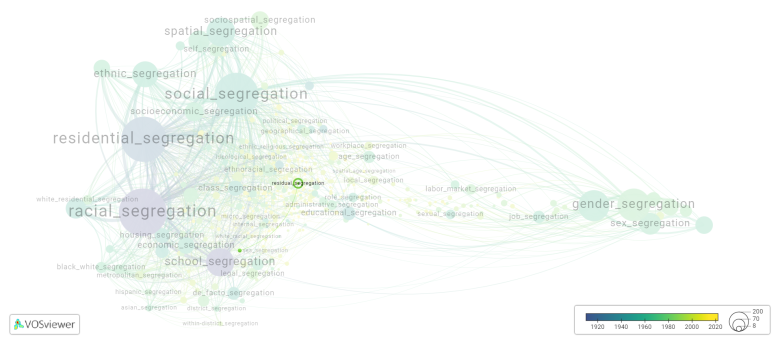Residual segregation
Date and country of first publication[1]
1996
United Kingdom
Definition
Residual segregation refers to the lingering effects of past segregation policies and practices that continue to influence racial and economic segregation in modern society. It is a result of historical discrimination against certain racial or ethnic groups, which has led to the concentration of these groups in specific neighborhoods or areas.
Residual segregation is often seen in housing patterns, where the effects of past discriminatory practices, such as redlining or racial steering, have resulted in racial and economic disparities in neighborhoods. These disparities can limit access to quality housing, schools, and employment opportunities for certain groups, perpetuating inequality and furthering segregation.
Efforts to address residual segregation may involve implementing fair housing policies, promoting inclusive neighborhood planning, and providing access to affordable housing and social services in historically disadvantaged areas. These steps aim to break down barriers and promote equal opportunities for all individuals, regardless of their race or ethnicity.
See also
Related segregation forms
Residual segregation is frequently discussed in the literature with the following segregation forms:
spatial segregation, african american segregation

This visualization is based on the study The Multidisciplinary Landscape of Segregation Research.
For the complete network of interrelated segregation forms, please refer to:
References
Notes
- ↑ Date and country of first publication as informed by the Scopus database (December 2023).
Residual segregation appears in the following literature
Peach C. (1996). Good segregation, bad segregation. Planning Perspectives, 11(4), 379-398. https://doi.org/10.1080/026654396364817
